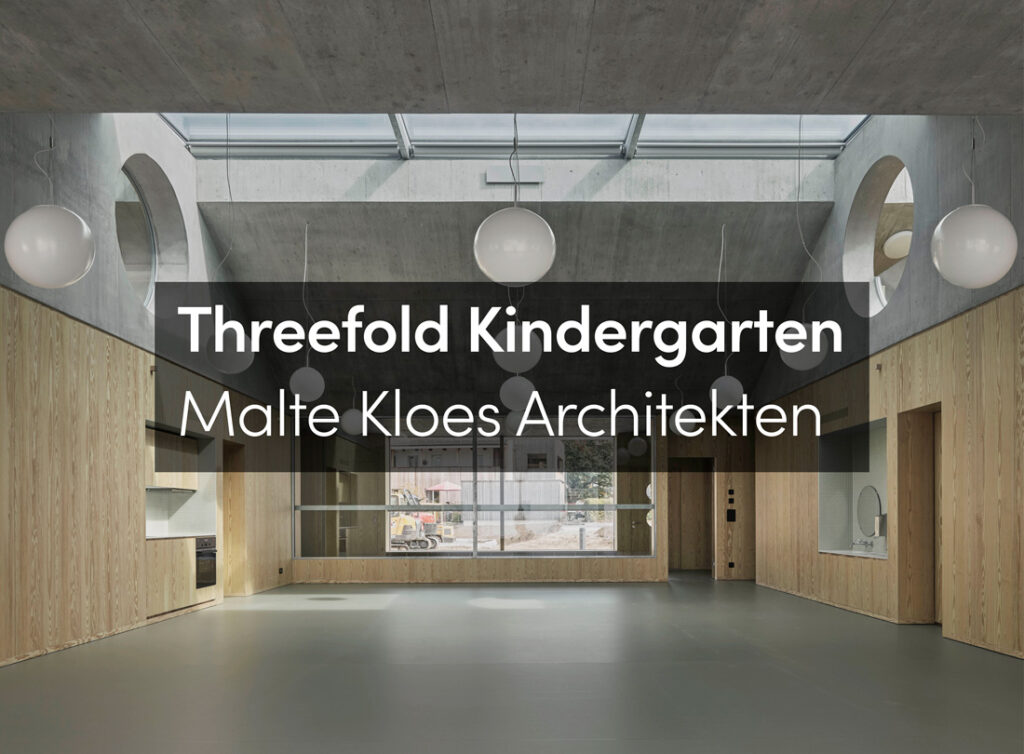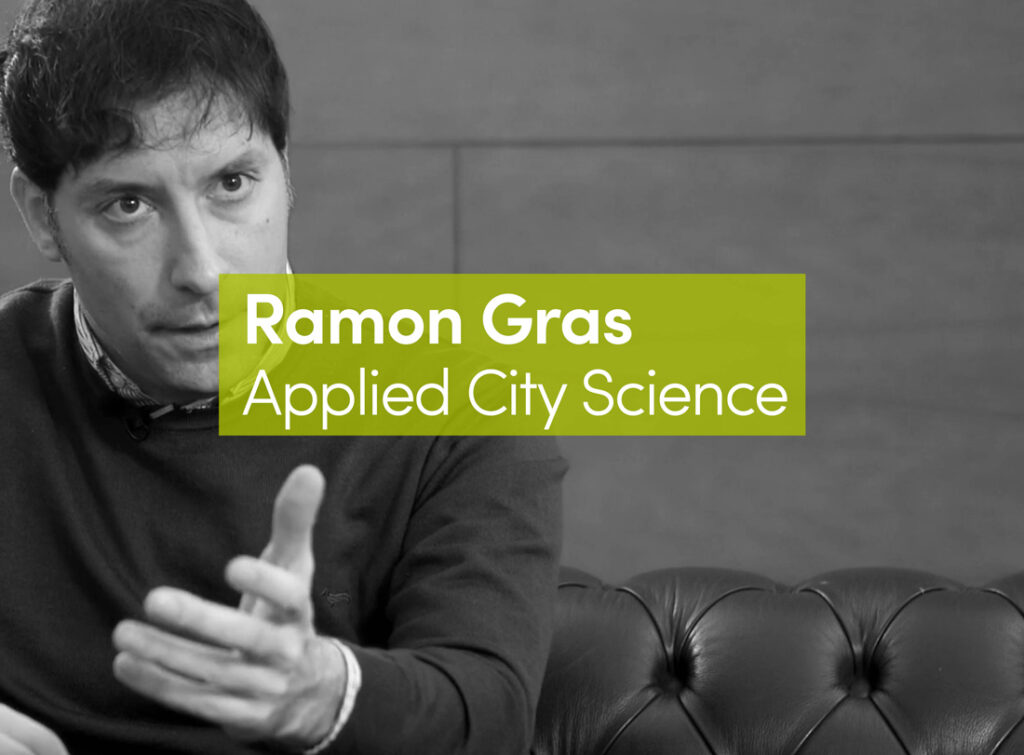Harvard, Snøhetta and Skanska Technology develop an ambitious research project, retrofitting an existing pre-1940s building to achieve unparalleled levels of energy efficiency.
The Harvard Center for Green Buildings (CGBC) at the Harvard University Graduate School of Design, in collaboration with Snøhetta and Skanska Technology, are retrofitting CGBC’s headquarters in a pre-1940s timber-framed building to become one of the world’s most ambitious sustainable buildings. As a first-of-its-kind research project, HouseZero demonstrates how to transform a challenging building stock into a prototype for ultra-efficiency, rapidly reducing the level of reliance on energy-intensive technology while simultaneously creating comfortable indoor environments.
HouseZero attempts to address the global environmental challenge of climate change by focusing on existing buildings, which account for energy inefficiency and carbon emissions on a vast scale worldwide. Through intelligent design that generates inspiring work spaces and a comfortable indoor climate, HouseZero achieves groundbreaking reductions in energy use and carbon footprint.
To realize this ambition, the design of HouseZero is driven by highly ambitious performance targets, including 100% natural ventilation, 100% daylight autonomy, almost zero energy required for heating and cooling, and zero carbon emissions, including embodied energy in materials. Once completed, the building will produce more energy over its lifetime than was used to renovate and operate it. This measure considers the building’s total life-cycle, including the embodied energy for construction materials, building operations and equipment plug-loads over a 60-year lifespan.
“Before now, this level of efficiency could only be achieved in new construction,” said Ali Malkawi, professor of architectural technology at the Harvard Graduate School of Design, founding director of the Harvard Center for Green Buildings and Cities and the creator of the HouseZero project. “We want to demonstrate what’s possible, show how this can be replicated almost anywhere, and solve one of the world’s biggest energy problems – inefficient existing buildings.”
Design strategies – multiple paths to reduced energy use
The research and design process for HouseZero demanded extensive analysis and dynamic simulation as a prelude to the first workshop. A combination of intelligent, highly-specific architectural design approaches, including innovation at the product level, and targets. The design solutions account for both energy usage and embodied energy attributed to materials, operations, and plug-loads over the total lifespan of the building. This approach informs the design from the outset rather than requiring compensatory measures later.
In combination with an open and interdisciplinary creative process, ensuring a holistic and universal concept for the design, HouseZero is based on the following design strategies:
Optimized building envelope
The renovation improves the insulation level of the envelope, combined with a high-level of airtightness while ensuring sound building physics. New and enlarged windows and skylights with high insulation values provide light and ventilation.
Located within a historic district, the house retains many aspects of the original design while necessary modifications are respectful of the character of the neighborhood.
100% natural ventilation
The building envelope and materials of HouseZero are designed to interact with seasonal changes in the exterior environment. Natural ventilation will respond dynamically to air quality and comfort requirements throughout the year. Ventilation control in combination with active and passive thermal mass is managed and adapted over time through high-level monitoring and predictive algorithms that can substantially reduce energy use while improving comfort.
Ventilation is controlled by a window actuation system, which employs sophisticated algorithm-based software and room sensors to automatically open and close windows to maintain a quality internal environment.
The solar vent is a prominent feature at the east façade; the glazed enclosure is oriented to the sun and charges an integral thermal element of recycled brick to draw air through the basement event space as well as a future extension. This addition provides robust ventilation to spaces that may see an occasional higher level of occupation or activity. Glazed sections also allow natural light to enter the stairwell.
100% daylight autonomy
HouseZero targets daylight autonomy, radically reducing the need for electric lighting. The design of the house is optimized to provide maximum useful daylight. Sculpted window shrouds protect interior spaces from direct sun during summer months to reduce required cooling, yet allow winter sun into the space to reduce seasonal heat demand.
Close to zero delivered energy for heating and cooling
During certain periods of the year, HouseZero is able to run comfortably without any active thermal provision. HouseZero targets a long-term goal of complete energy autonomy. In the pending refinement period, any delivered energy will be offset by the production of clean, renewable energy generated on site.
Adding mass to a timber-framed building enhances its thermal inertia, allowing the building to smoothly buffer swings in local temperature. Typically, increased thermal mass means the addition of high-density materials, often associated with an elevated level of embodied emissions (e.g., brick or concrete). In the case of HouseZero, ultra-high slag content concrete with a greatly reduced carbon footprint is utilized in radiant floor slabs. A ground-source heat pump channels naturally heated or cooled water into the house, where it is run through the floor slabs dependent on the season. The minimal heating and cooling systems are driven by a small responsive pump, adapted from ultra-efficient Nordic technology, the power requirements of which are generated on site.
Acoustic quality
Acoustic quality as part of the spatial experience of HouseZero has been a major focus. Solutions that condition spatial acoustics through both absorption and diffraction are implemented in the interior. Treatment of the existing structure, from exposure of the beams to the creation of double height spaces, has positive effects on both volume and acoustics. The addition of the facetted stairwell is designed to reduce potential disturbance to the working spaces from human circulation.
Functional interior finishes
The interior material palette includes natural clay plaster, birch wood finishes, ultra-high slag content concrete and nanoceramics – all chosen for intelligent performance demands as well as local availability. Hygroscopic materials are employed to maintain a comfortable moisture balance. All interior finishes and components are chosen for non-emitting properties, preserving air quality. Economical treatment and finishing are chosen based on multiple criteria to create a balanced and comfortable indoor environment that naturally responds to both the occupant and to the external climate.
Zero energy and carbon emissions
The low-level energy needed to run the house is only one side of a far greater story. In order to address proposed emission cuts to stay within 2°C warming, HouseZero goes further by offsetting the hidden emissions generated throughout the building’s life cycle: from the fabrication and transport of building materials and construction processes to maintenance and decommissioning. Incremental reduction in emissions made now and in the immediate future will have far wider reaching benefits than larger cuts made later when the effects of climate change are likely to be far more dramatic.
The roof incorporates photovoltaic panels to provide electrical energy. The renewable energy generated delivers both the power required for the heat pump as well as for the energy required by user equipment. A single battery is employed for nighttime use and low-sun conditions. The production surplus is dimensioned to completely offset carbon emissions from the equivalent energy used throughout the intended lifespan of the house (60 years). This surplus clean energy is to be fed back into the grid.
Testing and development of new solutions for a global market
An interior experimental space provides a flexible, highly monitored laboratory to evaluate new components for energy exchange. While the immediate goal is to test emerging technologies that can eventually replace the ground source heat pump for peak conditions, the long-term goal is to pioneer new energy-efficient solutions to be released into the market.
A possible future basement expansion will provide the CGBC with additional space to evaluate techniques in a new construction. The expansion’s low-lying form, designed for structural, thermal and passive solar efficiency, is naturally integrated into a new landscape surrounding the site.















